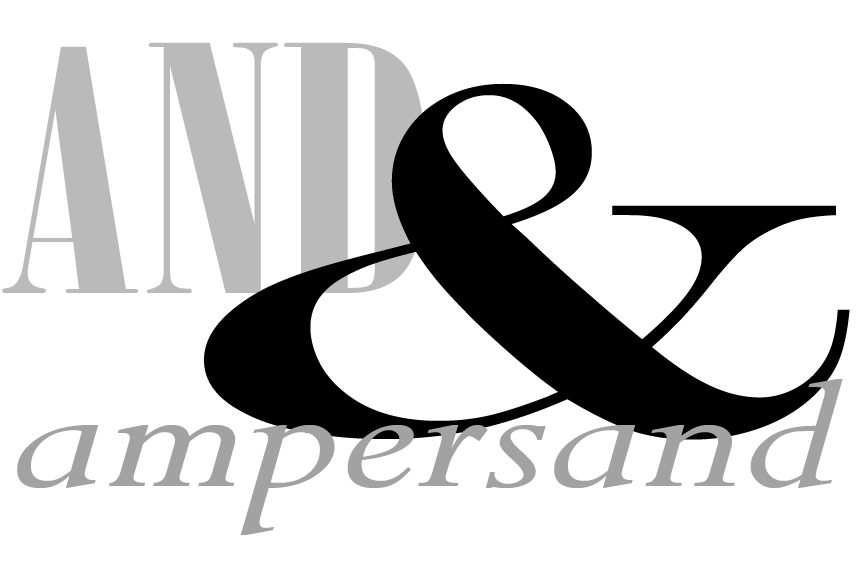Managing editor and logophile Andy Hollandbeck reveals the sometimes surprising roots of common English words and phrases. Remember: Etymology tells us where a word comes from, but not what it means today.
On a standard computer keyboard, right above the number 7 is a little character that looks like a cross between a treble clef and an 8. We know it as a single-character replacement for the word and, but it has its own name, ampersand, which, once you understand the word’s history, may be the most redundant name you’ll ever learn.
The character itself goes back 2,000 years or more. It was formed from a conjoining of the letters in et, the Latin word for “and.” (Such conjoined characters, like the æ in Cæsar, are called ligatures.) The modern version is more stylized than the original, but in some fonts, like Trebuchet and Baskerville Italic, you can easily make out the et in &.
So the character comes from Latin, and Latin figures largely in the English name for the character, too. Though it may seem hard to believe, considering how relatively recent the idea of standardized English spelling is, the subject of spelling had found its way into the halls of academe during the Middle Ages. Granted, education was largely conducted in Latin at the time, so we aren’t talking about English spelling bees here.
Students were taught back then that when they were spelling words and phrases aloud, if a single character made up an entire syllable (like the a in aloud) or was itself an entire word, they should indicate such by using the Latin phrase per se “by itself.” For example, to indicate an E by itself (as in, say, E pluribus unum), a student would start with “E per se, E” meaning “E by itself [is the word] E.”
This system that began in a Latin context persisted into English-language teaching. But because of the way English works, this little spelling habit only ever really applied to the three letters that could stand on their own as words: A, I, and O. But, that & character had also long been considered a part of the alphabet — it fell after Z and was just called “and” — so it, too, was subject to the same quirk when spelling aloud.
So when a student spelled out a phrase that included the & character, they would say “and per se, and,” indicating “and by itself [is the word] and.”
Over time, the habit of the “per se” spellings of A, I, and O died away (and occasionally found figurative uses), but “and per se, and” got squeezed together to become, by the end of the 18th century, the word ampersand and was applied to that lone character that came after Z in the alphabet.
Do you see why I call it a redundant name? The character &, which means “and,” could have just been called “and.” Instead, we call it a word that is three times as long that is derived from two instances of the word and with a little Latin in between.
Featured image: Andy Hollandbeck
Become a Saturday Evening Post member and enjoy unlimited access. Subscribe now




Comments
A fascinating look at an interesting word, symbol, and its origins. I had no idea previously there was any connection to ‘per se’ which I love, even though I don’t use it a lot. It’s an easy (and nice sounding) shortcut or substitute for ‘in an of itself’ or ‘specifically’ depending on the situation you’re discussing either in writing or speaking/conversation.
I’ll use the ampersand symbol as an occasional substitute for ‘and’ in general writing, in a formal sense of (say) a law firm, and sometimes frankly to save space on a Twitter Tweet as needed.